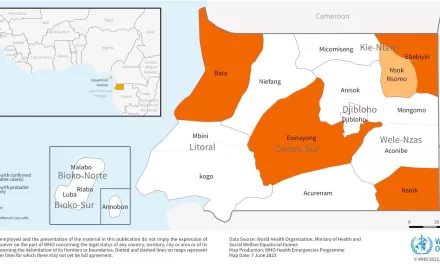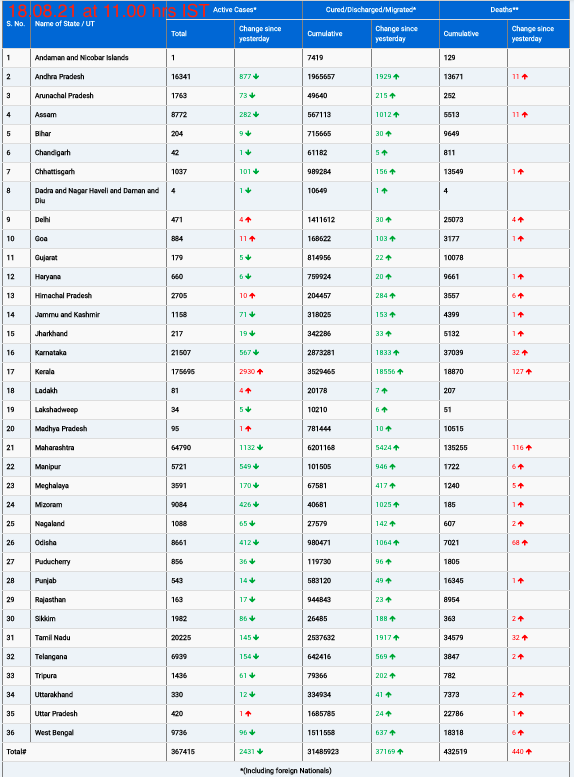Los Angeles, CA – A UCLA research team has detected alarming levels of the industrial chemical bis(2,2,6,6-tetramethyl-4-piperidyl) sebacate (BTMPS) in illicit fentanyl across multiple U.S. locations, sparking concerns about its potential health risks.
According to a study published in the Journal of the American Medical Association (JAMA), BTMPS—a compound typically used in sealants, adhesives, and plastics—has been found in fentanyl at unprecedented levels. From June through October 2024, researchers conducted quantitative analyses of drug samples labeled as fentanyl and discovered that BTMPS was present in significantly higher quantities than the fentanyl itself.
A Concerning Discovery
Lead researcher Chelsea Shover, an assistant professor-in-residence at the David Geffen School of Medicine at UCLA, emphasized the significance of the findings. “The emergence of BTMPS is much more sudden than previous changes in the illicit drug supply, and the geographic range where it was detected nearly simultaneously suggests it may be added at a high level in the supply chain,” she stated.
This discovery is particularly troubling because BTMPS is not approved for human consumption. Animal studies have shown that exposure to the chemical can cause severe health effects, including cardiotoxicity, ocular damage, and even sudden death at certain doses. Despite these risks, BTMPS is not classified as a controlled substance, making it difficult for regulatory agencies to monitor or restrict its use.
Seven Times More BTMPS Than Fentanyl
The research found that in samples where mass composition could be determined, BTMPS was, on average, seven times more prevalent than fentanyl. In some cases, BTMPS accounted for over 50% of the substance being sold as fentanyl. The reasons for its inclusion in the illicit drug supply remain unclear, but traditional testing methods, such as postmortem toxicology and criminal investigations, are unlikely to detect it.
Widespread Contamination Across the U.S.
Testing was conducted with the National Institute of Standards and Technology and included drug product samples from Los Angeles and Philadelphia, as well as residue testing from locations in Delaware, Maryland, Nevada, Washington, Puerto Rico, and additional sites in California. The widespread presence of BTMPS suggests it has infiltrated the national drug supply chain at a significant level.
The study raises serious concerns about the unknown effects of BTMPS on human health and underscores the need for further research and regulatory scrutiny. The medical and scientific communities are urging policymakers and law enforcement agencies to take immediate action to better understand and mitigate the risks posed by this emerging adulterant in the illicit drug supply.
Disclaimer: This article is for informational purposes only and does not constitute medical or legal advice. If you or someone you know is experiencing substance use-related issues, please seek professional help.












